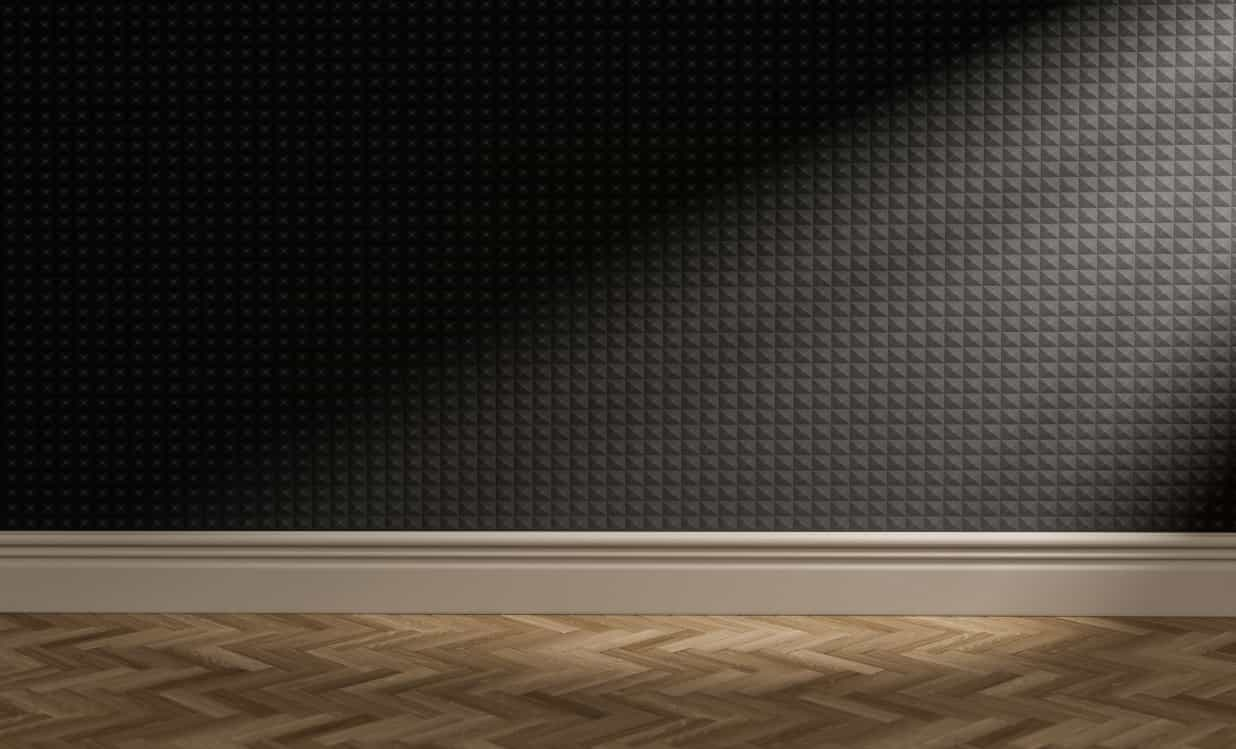How to Soundproof a Wall Cheaply – These days it becomes awfully important to soundproof an existing wall to decrease the noise coming from the neighbors, but where does this need how you can soundproof a wall is coming from?
Due to the growing population and more requests for renting properties, it has been widespread to partition the two houses with timber board and sometimes with insulated plasterboard, though earlier most of the walls were made of bricks or blocks.
How to Soundproof a Wall Cheaply?

If you are living alongside a noisy neighbor and sharing a mutual wall then it is obvious that you are struggling with the unwanted noise and are too stunned you can go with either soundproofing or sound-absorbing techniques.
Also Read: Upstairs Neighbors Stomping
Where soundproofing will support us in unwanted noise coming from noisy neighbors however sound-absorbing will help us to diminish the echoes. For more read an optional guide on soundproofing vs sound-absorbing.
Noise is measured on a decibel logarithmic scale which tells us the intensity of the noise coming from different sources. Here are some references to the noise such as.
- 20 dB ticking watch
- 30db whisper at 3ft
- 60db: Normal conversation at 3ft.
- 110 Rock music or screaming child
We are sure you are aware of or experiencing a similar kind of noise coming from the other side of the wall, so we have listed some of the best DIY Tips on how you soundproof existing walls from noisy neighbors or active tips on How to Soundproof a Wall Cheaply.
How to Soundproof a Wall Cheaply?
Here in this guide is written taking focused on minimizing the wall soundproofing budget as cheaply as possible, just by altering or using the existing materials.
How can you Soundproof a Wall Cheaply?
The clarified tips will explain all the imaginable ways to soundproof a wall against noisy neighbors no matter it is a brick block or a plaster wood.
We will discuss all thinkable ways of fixing the existing wall and substituting the existing wall, how you can create an acoustic wall, and how you can prevent noise from the next-door neighbor.
we have found the very best and finest solution and we implement them based on my need the results were good so I collected all information in a single guide to highlight for you. Some methods are cheap while others are expensive and a couple of them are targeted around exactly existing walls.
1: Fill the Cracks or Gaps Using Acoustic Sealant For Existing Walls
This has been detected numerous times that thin plasterboard walls are having gaps and cracks on the walls that might be at the corner or alternative side of the walls.
This causes soundwaves to simply pass through the walls and come to your house and clearly, it could be a big threat to privacy.
The most significant thing you should work on first is to classify those spots which you can get at night by just closing your room light and making sure your neighbor’s light is on.
You will see the light coming from another side of the neighborhood to your room and that’s the spot you have to fix first. You can fill those cracks or gaps using the finest sealant and caulk both are used for a mutual purpose but there is a small difference between them.
2: Add Additional Mass on Wall Using Mass Loaded Vinyl (MLV)
The basic principle to make a strong barrier against noise is to rise the mass or density of the wall, and the cheapest solution to soundproof an existing wall is Mass loaded vinyl (MLV).
MLV is a thin elastic and high STC (sound transmission class) material particularly used for blocking sound waves. It is made up of vinyl which is a synthetic plastic material.
It doesn’t absorb sound waves as it has an insightful surface but it adds extra mass to the walls to block the pass-through of noise waves.
The other most significant element with MLV is calcium silicate, which is an added mass element to make this a strong barrier for soundwaves. The finest part of MLV is its thickness-to-mass ratio. Everything which is thicker in size always has mass but this is not the case with Vinyl, which has the finest thickness-to-mass ratio as related to other heavy materials.
Because of its outstanding nature, it is suggested to go first with MLV, which has the skill to cover the wall with easy installation.
3: Install Drywall on Top of The Existing Wall
Installation of drywall is an expensive solution but the most actual solution is now you creating an additional strong barrier with the existing wall.
It will support to lessen most of the noise, as now noise has to travel through multiple layers or strong barriers instead of the earlier thin layer. It is clear that this is going to be a burden on your hard-earned pocket money but for quiet, peace, and privacy it is value investing in.
What Is Drywall?
Drywall is a readymade wall set in a machinery house to get easy setup at the structure site and is surely cheaper as compared to cement and plaster we did in the past. Drywall is a Gypsum panel that is finished with calcium sulfate dihydrate and some other extracts depending on the resolve of their use.
Where all such materials are pushed between two thick sheets of paper. Here both papers are planned in a way to make one the visible face and the other the backend.
Conclusion:
We have shared everything about Soundproofing A Wall in this article on “How to Soundproof a Wall Cheaply” if the info that we shared above helped you in any way then do share it with others.